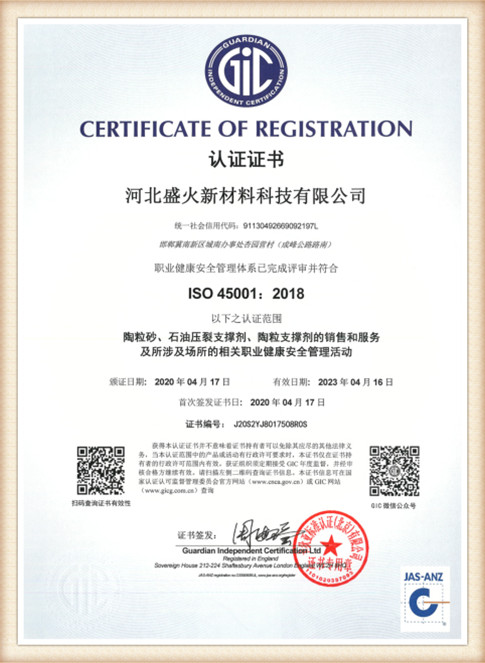Advantages and Disadvantages of Sand Casting Process
Sand casting is one of the oldest and most widely used metal casting processes. Despite its age, it continues to be favored in various industries due to its adaptability, simplicity, and cost-effectiveness. This article explores the advantages and disadvantages of the sand casting process, providing insight into its application in modern manufacturing.
Advantages of Sand Casting
1. Cost-Effectiveness One of the primary advantages of sand casting is its low cost. The materials used, such as sand, clay, and water, are readily available and inexpensive. Additionally, the process does not require expensive machinery or tools compared to other casting methods, making it a popular choice for small-scale and large-scale productions alike.
2. Versatility Sand casting can be used to create parts from a variety of metals, including aluminum, bronze, and iron. This versatility makes it suitable for various industries, including automotive, aerospace, and construction. The process can accommodate both ferrous and non-ferrous materials, enabling manufacturers to select the metal most suitable for their needs.
3. Complex Shapes and Sizes The sand casting process allows for the production of intricate designs and complex shapes that may be difficult to achieve with other methods. The use of sand as a mold material enables the creation of detailed features, which can be advantageous for specific applications requiring precision.
4. Large Part Production Sand casting is particularly effective for producing large parts. For example, engine blocks and large housings can be cast in a single operation, significantly reducing the need for assembly. This capability is essential in industries where large components are standard.
5. Ease of Modification The sand casting process allows for easier modifications and adjustments to molds. If a design change is required, it is relatively simple to alter the sand mold, offering manufacturers greater flexibility in adapting to changing customer needs or specifications.
6. High Tolerance Levels While sand casting is generally not known for its precision, advancements in technology have improved the ability to produce components with tighter tolerances. This adaptability can meet various engineering requirements without compromising the advantages of the casting process.
advantages and disadvantages of sand casting process

Disadvantages of Sand Casting
1. Surface Finish One of the most significant drawbacks of sand casting is the surface finish. The rough texture of sand molds can result in a less smooth finish on the final product compared to other casting methods like die casting or investment casting. This may lead to additional machining operations to achieve the desired surface quality.
2. Dimensional Accuracy Although advancements have been made, sand casting can still suffer from issues with dimensional accuracy. The natural variability of the sand and the potential for mold deformation during the casting process can lead to parts that do not meet tolerances required for precise applications.
3. Labor-Intensive The sand casting process can be labor-intensive, especially for complex molds or large productions. Preparing the molds, pouring the metal, and finishing the castings require significant manpower, which can increase labor costs and time.
4. Casting Defects Sand casting is prone to various defects, such as sand inclusions, porosities, and blowholes. These imperfections can compromise the integrity and performance of the final product, leading to increased rejection rates and costs associated with quality assurance.
5. Limitations on Part Size While sand casting excels in producing large parts, there are still limits to the size that can be effectively cast. Extremely large components may require specialized equipment and techniques, making the process more complex and expensive.
6. Environmental Concerns The use of sand in the casting process raises environmental concerns, particularly regarding sand extraction and disposal of spent sand after the casting is completed. Manufacturers must consider these impacts and implement sustainable practices to mitigate their environmental footprint.
Conclusion
In summary, sand casting remains a valuable manufacturing process, offering several advantages, including cost-effectiveness, versatility, and the ability to produce complex shapes. However, it also presents challenges, such as surface finish limitations and potential issues with dimensional accuracy. As industries continue to evolve, so too will the techniques and technologies associated with sand casting, ensuring its place in the modern manufacturing landscape. Understanding both the advantages and disadvantages allows manufacturers to make informed decisions about the most suitable casting method for their specific needs.
Post time:Nov . 08, 2024 21:04
Next:how does sand casting work
